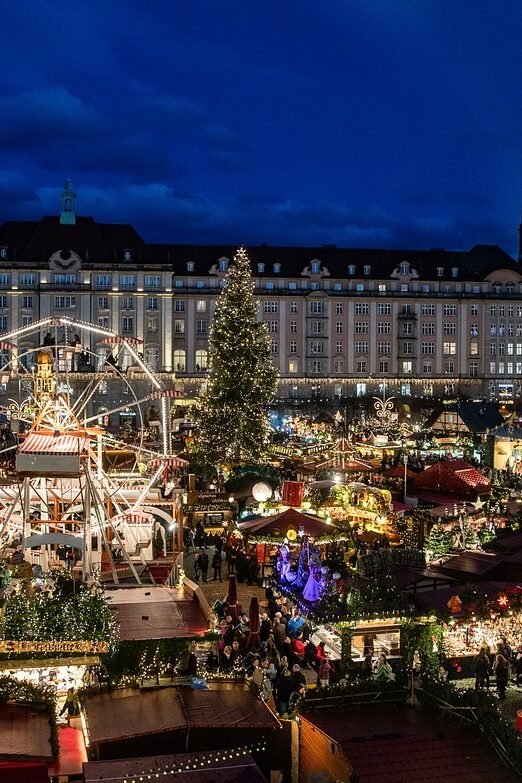


Amber Fort
Amber Fort, also known as Amer Fort, Located about 11 kilometers from the city center, this
fort was built by Raja Man Singh I in the late 16th century and later expanded by his
successors. It served as the primary residence of the Rajput Maharajas before the capital
was moved to Jaipur. The fort is renowned for its beautiful design.
Amber Fort have various tourist spots including the Sheesh Mahal (Mirror Palace),
renowned for its mirror work and beautiful illusions that create a illusion effect.
The Diwan-i-Aam (Hall of Public Audience) with its grand arches, pillars, and marble floors,
showcasing Royal architecture and the fort is home to the beautiful Ganesh Pol (Ganesh
Gate) with stunningly beautiful Maota Lake.
The best time to visit Amber Fort is between October and March, when the weather is cooler
and more comfortable. Early morning visits are recommended to avoid crowds and enjoy the
fort’s

Jantar Mantar

Jantar Mantar, an observatory built by Maharaja Sawai Jai Singh II in the early 18th century.
It was constructed to improve the accuracy of astronomical observations and to measure
time, predict eclipses, and track celestial bodies. The observatory is part of a series of five
such structures built by Jai Singh II, and it showcases the advanced astronomical knowledge
and architectural skills of the period. It is a UNESCO World Heritage Site, reflecting the
impact of Indian astronomy on the scientific world.
Jantar Mantar features several impressive astronomical instruments, including the Samrat
Yantra, the largest sundial in the world, standing over 27 meters high and providing highly
accurate time readings. The Jaiprakash Yantra, a set of two hemispherical devices, is used
for measuring the altitude of celestial objects and tracking stars and planets. and the
Rashivalaya Yantras consist of twelve instruments aligned with the zodiac signs, used for
astrological calculations and determining the positions of celestial bodies.
The best time to visit Jantar Mantar is between October and March, when the weather is
cooler and more pleasant. Visiting early in the morning or late in the afternoon can help you
avoid the peak tourist crowds and enjoy the observatory.

Jaipur’s Markets
Jaipur is renowned for its beautiful markets. These markets provide everything from
handicrafts to textiles. main markets include Johari Bazaar, known for its beautiful jewelry,
Bapu Bazaar, offering textiles and souvenirs and the traditional Kishanpole Bazaar, famous
for its antique textiles and traditional Rajasthani items. Each market represents Jaipur’s rich
cultural heritage and is a must-visit for everyone.
Jaipur’s markets are a treasure to jewelry, including traditional Kundan, Meena, and Polki
designs found in Johari Bazaar. The city is also known for its colorful textiles, with Bapu
Bazaar offering block-printed fabrics, embroidery, and saris. Additionally, Jaipur’s markets
offer diverse handicrafts like blue pottery, wooden carvings, and ornate paintings, making
them perfect for souvenirs.
Written By
Sesmic wisp
Contact now
